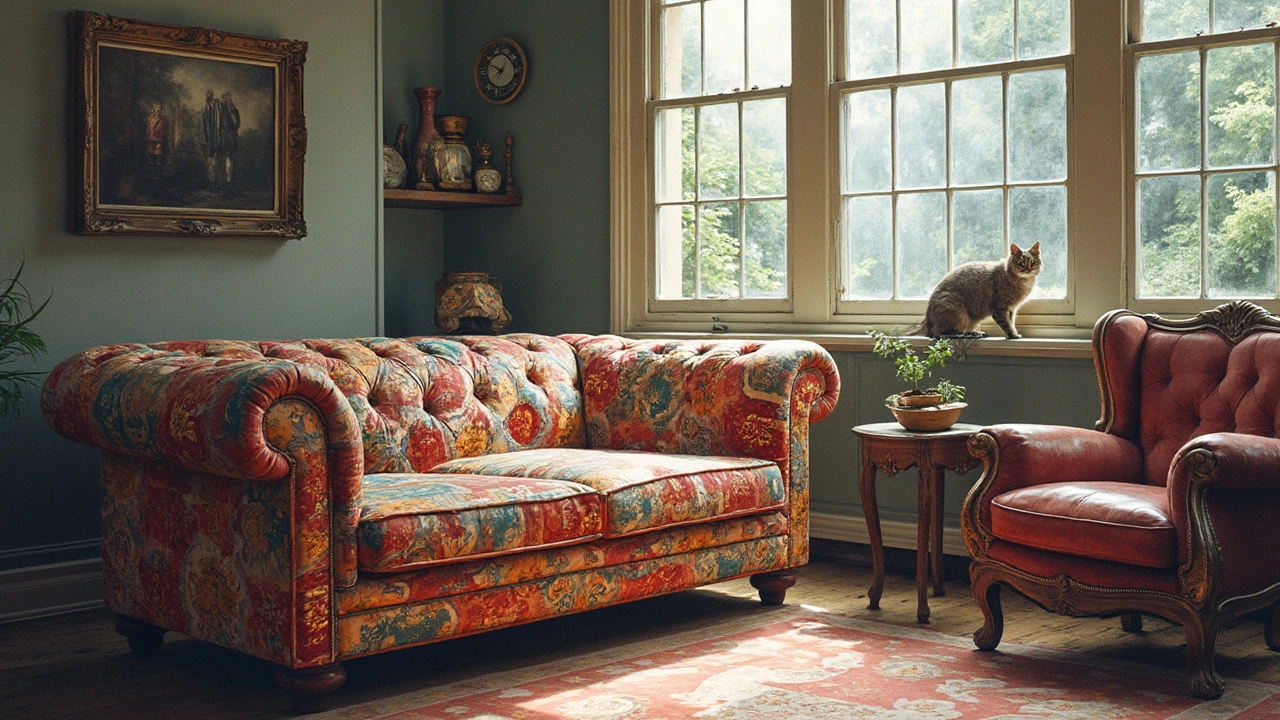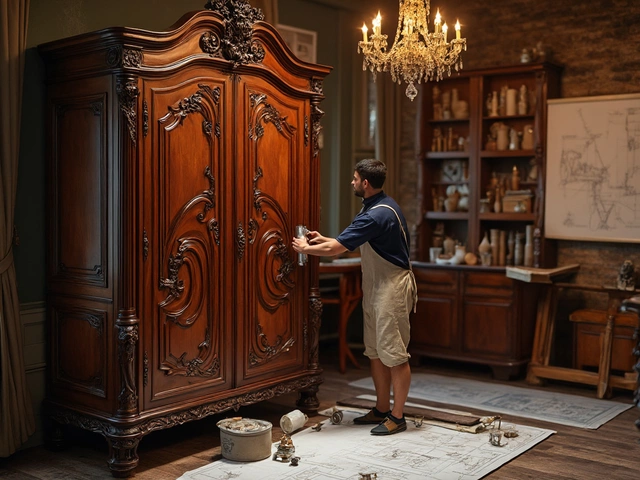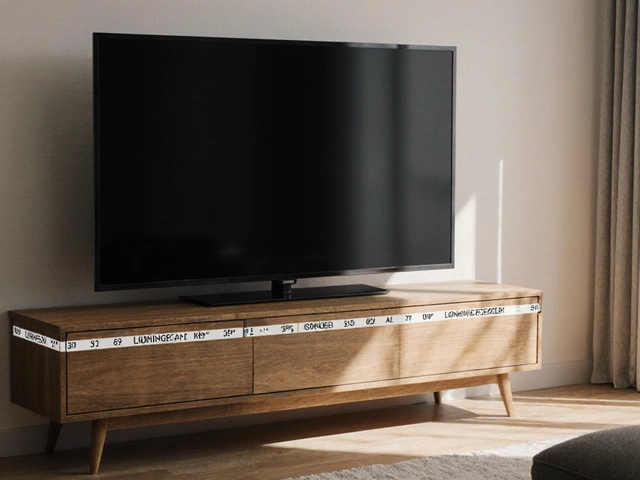Furniture Wrapping: Simple Ways to Keep Your Pieces Safe
Moving a couch, a wardrobe, or a coffee table can feel like a gamble. One wrong step and a scratch or dent shows up later, and you end up paying for repairs. The good news? Proper wrapping takes the guesswork out of it. With a few basic supplies and a clear routine, you can protect your furniture whether it’s going across the street or into a storage unit.
What to Wrap and Why It Matters
Not every item needs the same level of protection. Soft‑upholstered sofas are prone to tears and crushing, so they need a blanket layer and a tight wrap to stop dust from getting in. Wooden tables and chairs are vulnerable to scratches, moisture, and warping, so they benefit from both a protective sheet and a moisture‑blocking wrap. Metallic frames or glass tops need cushioning to avoid dents and chips.
Understanding the risk helps you pick the right material. A simple moving blanket works for most surfaces, but for high‑value pieces you might add a layer of bubble wrap or a breathable fabric cover. The goal is to stop dirt, moisture, and impact from reaching the finish.
Step‑by‑Step Wrapping Guide
1. Gather your tools. You’ll need moving blankets or thick quilts, stretch film (shrink wrap), packing tape, a utility knife, and optional bubble wrap. If you’re dealing with delicate wood, a few sheets of kraft paper add extra protection.
2. Clean the furniture. Dust and spills attract mold and stains during storage. A quick vacuum or wipe‑down with a dry cloth saves you from future cleaning headaches.
3. Pad the corners. Corners take the brunt of bumps. Wrap each corner with a piece of bubble wrap or a folded blanket, securing it with a small strip of tape.
4. Blanket the piece. Lay a moving blanket flat, place the furniture on top, then pull the blanket over it. For large sofas, you may need two blankets—one on each side. Secure the blanket with stretch film, starting at one end and working toward the other. Overlap the film by about 2 inches to keep it tight.
5. Add extra layers for moisture. If the item will sit in a garage or a storage unit, wrap a thin sheet of polyethylene film over the blanket before the stretch film. This creates a moisture barrier without trapping condensation.
6. Finish with tape. Seal the ends of the stretch film with packing tape. Avoid covering any moving parts (like drawer slides) that need to stay functional.
7. Label if needed. A simple "Fragile" or "This side up" tag helps anyone handling the box treat it right.
Following these steps takes about 10‑15 minutes per piece, and the result is a well‑wrapped item that can survive a rough truck ride or a damp storage area.
If you’re short on time, many moving companies offer professional wrapping services. They use industrial‑grade covers and have the experience to wrap awkward shapes quickly. However, doing it yourself saves money and lets you inspect each piece for damage before it’s boxed.
Finally, store wrapped furniture upright whenever possible. Stacking heavy items on top of delicate pieces can crush them. Keep the storage area at a stable temperature (ideally 15‑21°C) and low humidity to avoid warping or mold growth.
Whether you’re moving house, clearing out a garage, or just protecting a new purchase, proper furniture wrapping is a small step that makes a huge difference. Grab a blanket, a roll of film, and give your pieces the care they deserve—you’ll thank yourself when they arrive looking like new.



